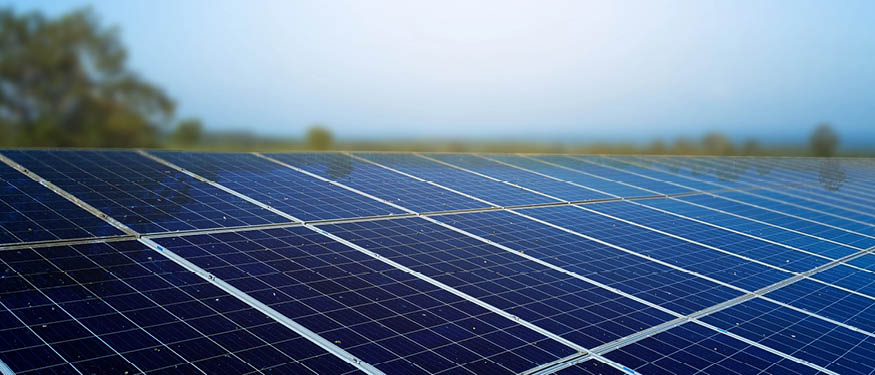The Slovak system for the support of renewable energy sources has been marked in recent years by a lack of transparency and strategic vision. Even though the Slovak Republic undertook to increase its share of energy from renewable sources to 14% by 2020, in fact in recent years the share of renewables in energy consumption has actually decreased. “Allegedly for technical reasons, virtually no renewable electricity sources have been connected to electricity distribution networks since 2014.”
After considering extensive comments by companies active in the energy sector, in mid-October the Slovak parliament adopted an amendment to the Act on Support of Renewable Energy Sources and High Efficiency Combined Heat and Power (Act No. 309/2009 Coll.) that substantially modifies the existing system for the support of these sources. The amendment is designed to align the Slovak system – which was previously managed by three regional distribution network operators – with best international practices by moving it toward a more market-oriented structure, centralizing it, and making renewable energy sources less expensive for customers.
All of the renewable electricity sources and high-efficiency combined heat and power production sources have preferential access to the distribution and transmission networks. In addition, renewable sources with an installed capacity of up to 250 kW shall not be responsible for deviations.
The feed-in-tariffs are available to new renewable energy sources (but not to wind and solar sources) with an installed capacity of electricity production of up to 500 kW as well as high-efficiency combined heat and power production sources with an installed capacity of up to 1 MW that utilize at least 60% of the produced heat for supply through central heating systems, provided that the co-generation results in the saving of at least 10% of primary energy. This support is also available to refurbished combined heat and power production sources with a certain minimum efficiency level, if 60% of the heat is distributed by the central heating systems and 60% of this supply is to the public.
Some of those producers have the right to have their electricity purchased by one or more electricity suppliers yet to be selected by the Ministry of Economy (in 2019, this role will be played by the regional distribution network operators).
The amendment marks a transition from a system of feed-in-tariffs to a system of feed-in-premiums for all new renewable energy sources with an installed capacity of over 500 kW. Such new sources are to be selected in auctions organized by the Ministry of Economy. The feed-in-premiums should compensate for the difference between the market-based price received by the producer (a method of calculation of this price is to be defined by the Regulatory Office for Network Industries – URSO) and the price offered by such producer in the auction. The auctions should be organized under conditions yet to be specified by the Ministry of Economy and URSO, and obviously the efficiency and transparency of the new system will to a large extent depend on the technical and market conditions imposed by those rules.
From 2020, the support will be managed and paid for by the short-term electricity market operator (a government-controlled entity).
Both feed-in-premium and feed-in-tariff support are available for 15 years after the generation facility is put into operation. The support based on the mandatory off-take of electricity and taking-over of responsibility for deviation will terminate by the end of 2033.
The amendment also provides for a framework of state aid to be provided to energy-intensive industries and to producers with a consumption of electricity of at least 1 GWh in the form of compensation for payments that each of those make to support RE sources. Such compensation is to be provided for consumption exceeding 1 GWh, but only up to 85% of the payments made by those businesses to support renewable energy sources. The Ministry of Economy already submitted an implementing decree listing the industries to benefit from the compensation as well as the details for granting it into the legislative process.
The amendment defines local renewable energy sources with an installed capacity of up to 500 kW to be used for local consumption. Such sources shall have preferential access to the distribution network, and may deliver surplus energy to other market participants (up to 10% of the total installed capacity), but shall not receive any feed-in-premium or feed-in-tariff.
The existing support (feed-in-tariffs) for renewable energy sources granted under previous schemes remains in place.
By Peter Bollardt, Leader of Energy Practice, Peterka & Partners, Slovakia
This Article was originally published in Issue 6.4 of the CEE Legal Matters Magazine. If you would like to receive a hard copy of the magazine, you can subscribe here.

















